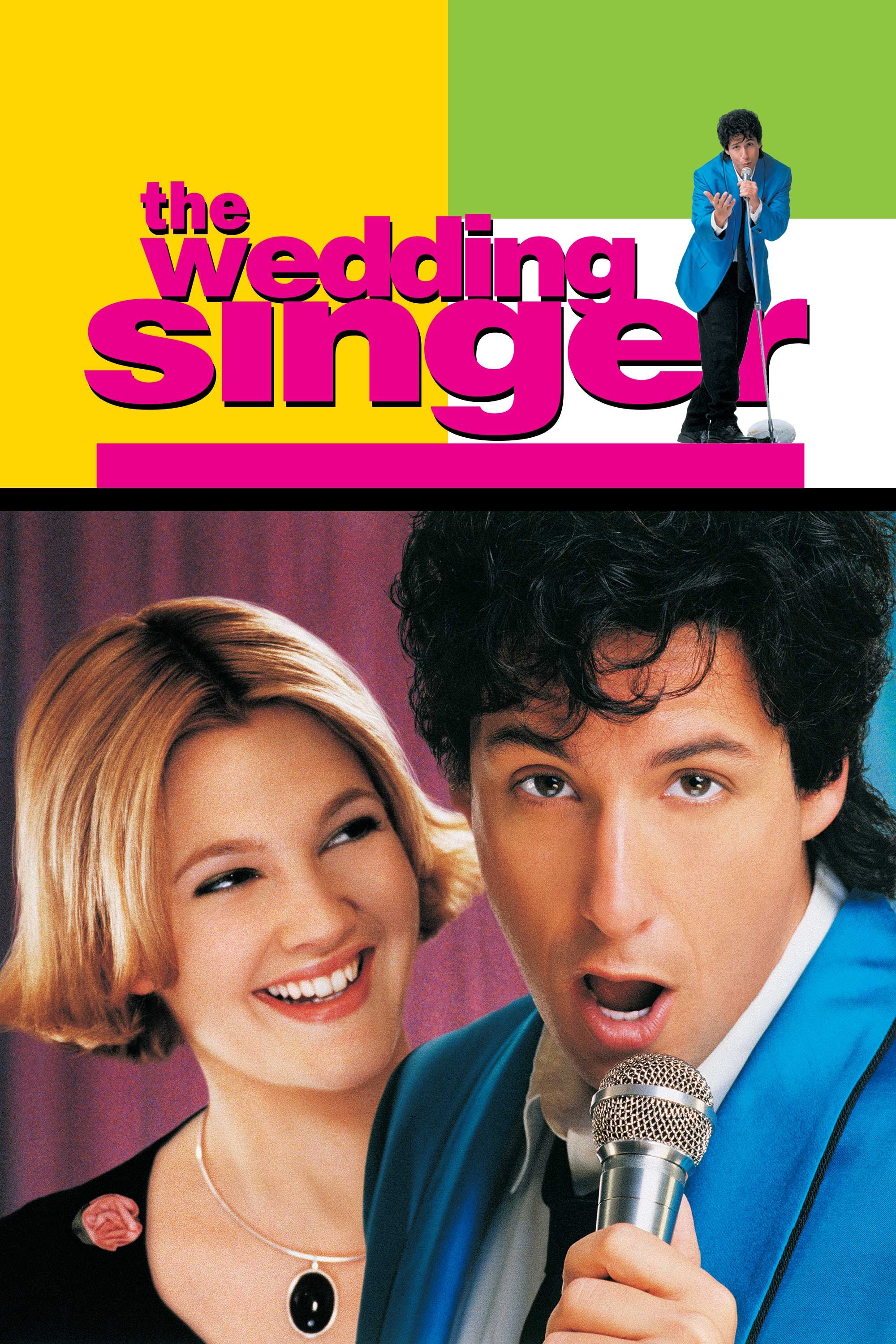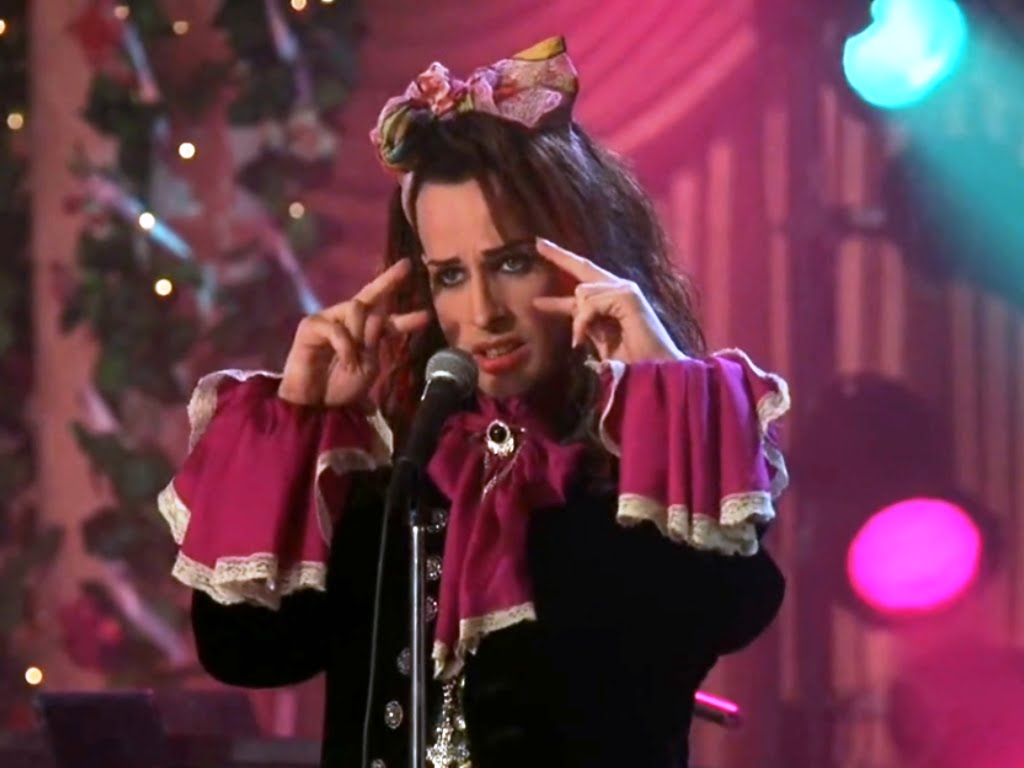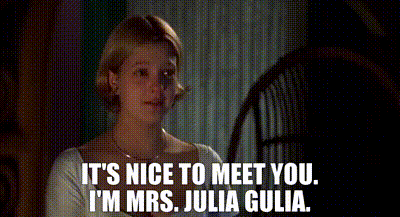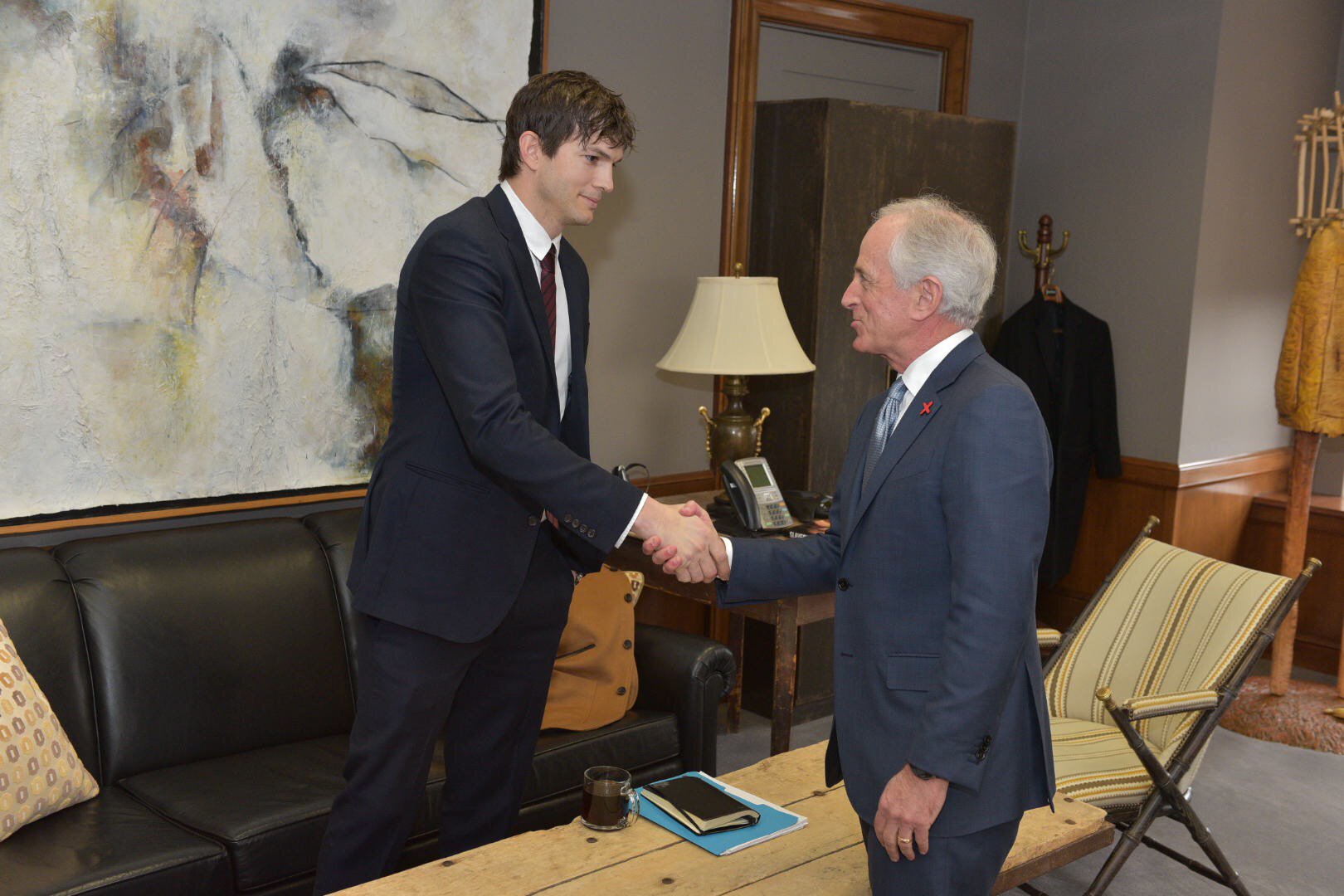English 301: Rhetorical Criticism was my second course in my Rhetoric and Professional Writing concentration, following my Technical Writing class with Dr. Lettner-Rust. So, going into this class I did not have much background knowledge on rhetoric except for the little bit I picked up in English 165. However, I found it really intriguing to learn about the various rhetorical perspectives and theories that are used to convey different rhetorical arguments in popular culture. I also personally found the more philosophically profound perspectives more interesting, like Burke’s Dramatistic Perspective and ideas about the human condition. With that being said, the various perspectives we covered have helped me to notice the numerous ways in which popular culture, whether it be a movie, commercial, or speech of some kind, is always making a rhetorical argument to persuade us.
At the beginning of the course, we reviewed some of the history and origins of rhetoric. For instance, we learned that Aristotle is considered the “Father of Rhetoric” and that he was able to define rhetoric in a systematic way. Aristotle also defined the rhetorical triangle, consisting of ethos, pathos, and logos, which must make up any sort of argument in order to engage an audience and make sense logically. Another form of this is the 5 canons of rhetoric which include invention, arrangement, style, memory, and delivery. Aristotle and other sophists originally used the term rhetoric in context to speeches as that was the main form of persuasion in Ancient Greece. They would then use these systematic approaches to rhetoric to teach the wealthy how to deliver speeches better. Although this is how rhetoric was first analyzed and used systematically, Kenneth Burk grew Arstitotle’s theories to extend into perspectives like the Dramatistic Perspective which I utilized in Blog Post #4 and again in Critical Essay #1.
One of the ways the course helped me increase my understanding of rhetoric (although the whole class was just that) was the Media-Centered Perspective. As technology has expanded to television and radio so did the public’s perception of the celebrities and actors. Specifically, the Parasocial Relationship Theory is an interesting way to view how an actor or celebrity can use their relationship with their audience to persuade them to view them as a friend. Thus, leading to social media influencers being sponsored by different companies wanting them to promote their product or service. I explored this concept more in my Critical Essay #2 about Adam Sandler’s influence on his audience for The Wedding Singer and how The Office formed bonds of intimacy with its audience in Blog Post #8. I had previously been aware of the concept of a celebrity influencing the perception of a character or product, but I had never fully grasped it until learning of the media-centered perspective and Parasocial Relationship Theory.
Similarly, I had understood how some commercials and speeches worked to persuade audiences, but I did not necessarily know how ideologies, through hegemonies, worked in rhetoric. Of course, I had previous knowledge of feminism, the patriarchy, the gender binary, and the resulting gender roles. But, I had never learned the proper terms, like hegemony, model, and anti-model used to analyze an artifact through the feminist and neo-Marxist perspectives. I also learned that there are multiple feminist perspectives; the cultural, liberal, and Marxist feminist perspectives which all work to highlight different ways that people who do not identify as cyst white men are oppressed by our society through a given artifact. In Critical Essay #2 and in Blog Post #7, I used the cultural feminist perspective to analyze the rom-com The Wedding Singer. These terms, in particular, will carry throughout the rest of my life as we live in a patriarchal society and I identify as a woman, but it will also serve me well as I continue my college career as an English major.
As a rhetor myself, this course made me realize how my words and various other forms of delivery can effect how well I persuade my audience. For instance, we occasionally had to present our findings from our blog posts in class. This was a direct interaction with an audience while presenting our criticism. In this peer-to-peer setting, and in my blog posts, I generally found it to be the most effective to work with my peers than against them by providing lots of interactive content. In my blog specifically, I chose to include at least a couple of pictures and a video in every one of my posts in order to make things more visually interesting and resonate more with readers. I remember in my presentation of my findings using the dramatistic perspective that someone mentioned they liked how I included pictures and put effort into my blog’s format. Although this was only one small comment, it made me want to continue to include images in my proceeding posts. Learning how my rhetoric can be most effective, however, is something that will continue to grow and change throughout my college and professional career. Rhetorical Criticism allowed me to analyze other works and how they function rhetorically so now I can better understand how I can and do function rhetorically.
After completing English 301, I feel that I have been given many more analysis tools to use in my future English courses as well as in my personal and professional life. Rhetorical Criticism of Popular Culture specifically has helped me to better understand more modern forms of rhetoric, like movies and tv shows, which is important in understanding what we choose to support or not as consumers. For these reasons, I am looking forward to taking more rhetoric and professional writing classes with Dr. Guler and am excited to take the Rhetoric of Apology class with Dr. Lettner-Rust this upcoming fall semester.












 obsession begins with the socially acceptable behavior of online social media profile stalking, but then it escalates to him watching her outside of her first-floor windows at night in the clever disguise shown. His obsession eventually drives him to murder Beck’s on-again-off-again boyfriend, Benji, and best friend/admirer, Peach. In doing so, he is able to grow closer to Beck and they eventually begin dating and living together.
obsession begins with the socially acceptable behavior of online social media profile stalking, but then it escalates to him watching her outside of her first-floor windows at night in the clever disguise shown. His obsession eventually drives him to murder Beck’s on-again-off-again boyfriend, Benji, and best friend/admirer, Peach. In doing so, he is able to grow closer to Beck and they eventually begin dating and living together. Stalking someone and murdering their friends is obviously not considered normal or good behavior. In order to commit these acts, Joe uses a cap and jacket to disguise his identity, his computer to stalk Beck and her friends’ social media profiles, and the basement of his bookstore which conveniently has a climate-controlled book preservation room with a lock; all of which are considered the tools or
Stalking someone and murdering their friends is obviously not considered normal or good behavior. In order to commit these acts, Joe uses a cap and jacket to disguise his identity, his computer to stalk Beck and her friends’ social media profiles, and the basement of his bookstore which conveniently has a climate-controlled book preservation room with a lock; all of which are considered the tools or  Mulan is a 1998 animated film by Disney that was made to retell the Chinese legend of Hua Mulan. In the legend as well as in the movie, Mulan takes her father’s place in the army and saves China from Shun Yu, the Hun’s leader who murders many Chinese families with his army. Disney’s audience is American families, but especially children. Although Mulan’s story involves war, genocide, and gender roles – topics that are not generally discussed with children – Disney is able to present these concepts in a child-sensitive way. Meaning, the parents and other more mature audience members are able to better understand these serious concepts from the movie’s imagery whereas the children just see it as a part of a fun and interesting story. However, one of the reasons for this retelling of Hua Mulan’s story is to have children and parents discuss these tough concepts together. Thus, one of the main constraints of the film is how the animators presented these complicated concepts as well as how they presented a Chinese legend to a predominantly American audience.
Mulan is a 1998 animated film by Disney that was made to retell the Chinese legend of Hua Mulan. In the legend as well as in the movie, Mulan takes her father’s place in the army and saves China from Shun Yu, the Hun’s leader who murders many Chinese families with his army. Disney’s audience is American families, but especially children. Although Mulan’s story involves war, genocide, and gender roles – topics that are not generally discussed with children – Disney is able to present these concepts in a child-sensitive way. Meaning, the parents and other more mature audience members are able to better understand these serious concepts from the movie’s imagery whereas the children just see it as a part of a fun and interesting story. However, one of the reasons for this retelling of Hua Mulan’s story is to have children and parents discuss these tough concepts together. Thus, one of the main constraints of the film is how the animators presented these complicated concepts as well as how they presented a Chinese legend to a predominantly American audience.
 Hello, my name is Amber Thomas and I am a sophomore English major with a concentration in Rhetoric and Professional Writing at Longwood University. The purpose of this blog is to create an online portfolio of some of my rhetorical criticism I will be conducting for my English 301 course called Rhetorical Criticism of Film, Pop Culture, and Multimodal Texts with Dr. Guler. The only other class I have taken concerning my Professional Writing concentration is Technical Writing with Dr. Lettner-Rust. By studying how rhetoric is used in popular culture, I hope to gain a better understanding of how I can use the different rhetorical appeals in my future career and writings. Some of the things I may be analyzing include speeches, movies, ads, and other artifacts of that nature. More obviously, this blog is for Dr. Guler to make sure I am completing my assignments. On the other hand, future employers of mine may look at this blog as a reference for my ability to analyze texts as well as my ability to navigate this platform, WordPress.
Hello, my name is Amber Thomas and I am a sophomore English major with a concentration in Rhetoric and Professional Writing at Longwood University. The purpose of this blog is to create an online portfolio of some of my rhetorical criticism I will be conducting for my English 301 course called Rhetorical Criticism of Film, Pop Culture, and Multimodal Texts with Dr. Guler. The only other class I have taken concerning my Professional Writing concentration is Technical Writing with Dr. Lettner-Rust. By studying how rhetoric is used in popular culture, I hope to gain a better understanding of how I can use the different rhetorical appeals in my future career and writings. Some of the things I may be analyzing include speeches, movies, ads, and other artifacts of that nature. More obviously, this blog is for Dr. Guler to make sure I am completing my assignments. On the other hand, future employers of mine may look at this blog as a reference for my ability to analyze texts as well as my ability to navigate this platform, WordPress.